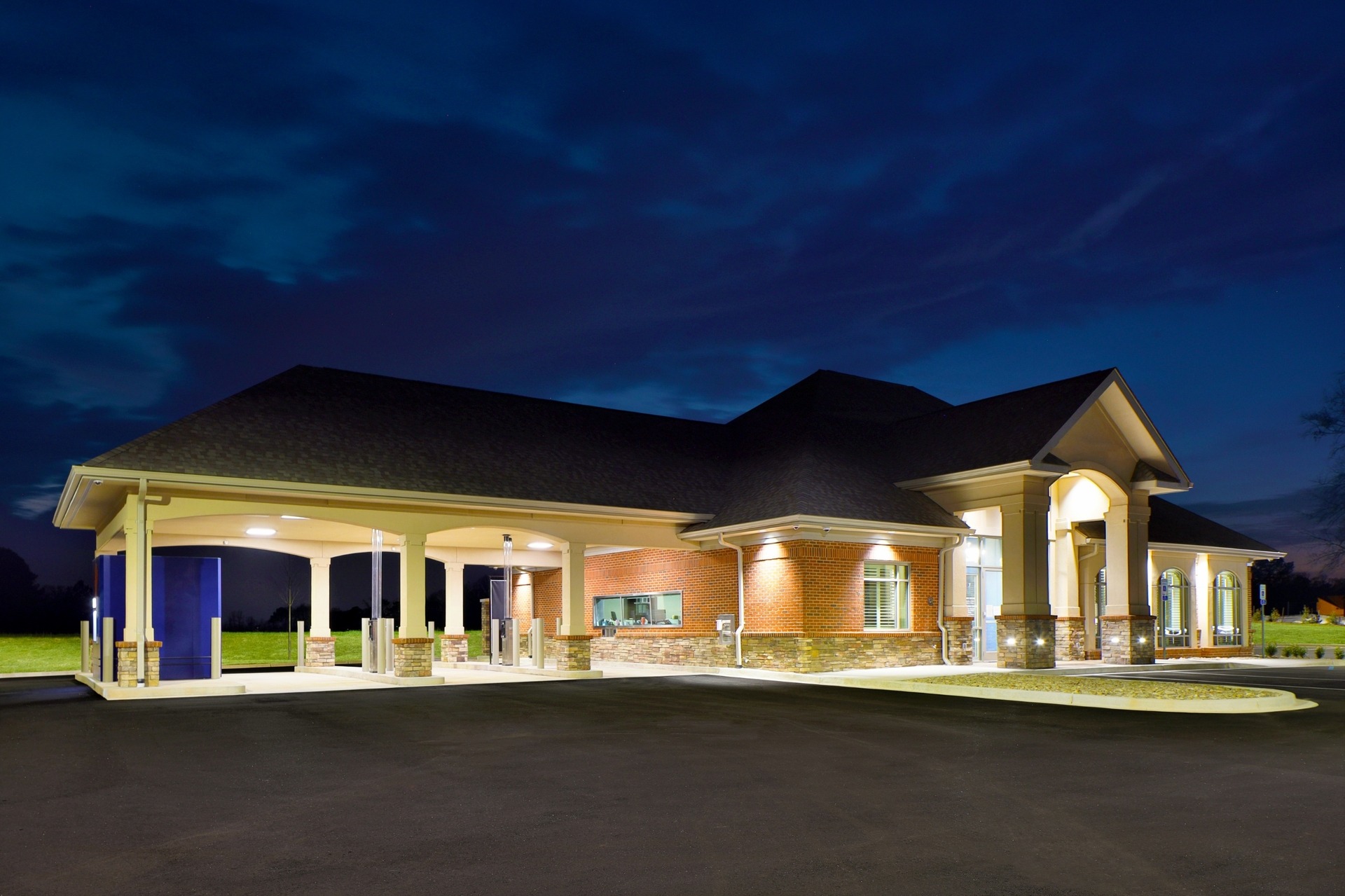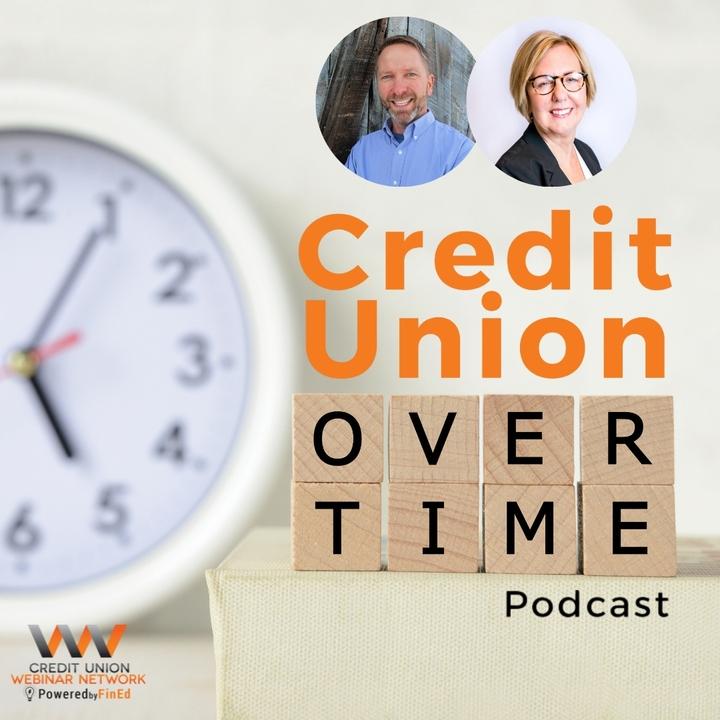
A Comprehensive Guide to Night Inspections for Financial Institutions
Night Inspection Programs
We have performed hundreds of night inspections and in the process have discovered many unusual problems. We have found trashcans in front of drive-up ATMs, leaflets left by disgruntled customers, doors and windows left open by janitors, and front doors completely removed.
The world looks different at night, especially around a financial institution. With this in mind, we conduct our reviews by asking ourselves four simple questions:
- Would we feel comfortable having a loved one use this location?
- How would a thief rob this institution?
- What marketing problems can we observe?
- What compliance problems are there with the ATM installation?
Traditional Site Reviews
Another problem we have observed concerns shrubbery and plants. Trees or bushes that can hide a person (standing or lying down) should never be planted. Recently a robber used the morning glory technique of hiding behind a tree planted by the entry door. He then took the first employee arriving hostage and forced entry to the branch.
Man-made items can provide more problems for the institution than any trees or shrubbery. The location of trash bins, trash cans, courier retrieval boxes, and other such items can also become a problem at night. Trashcans can be moved to block, alter, or change traffic patterns as well as to hide in or behind to rob customers.
Many organizations are not aware of surrounding owners’ land use. At night, their business might be something entirely different than during the day. For example, it took us over one hour to find one branch located on a four-mile stretch of road because the neighboring business had used so much lighting it overpowered the branch. When driving past the branch your eye was automatically drawn to the business next door. During the day, the light show was off and the institution was very visible.
ATMs located in branches can sometimes be a hide-and-seek proposition. Bank signage may advertise the ATM, but it won’t be visible from the road. When tourists are trying to find the ATM at night they should not have to worry about their safety. So if the ATM is hidden in the rear of the branch, it may be necessary to have brighter-than-average lighting to make customers feel safe.
Some institutions pay bonuses to branch managers who reduce costs, and one way to reduce costs is to turn off nonessential lights. To the manager’s way of thinking, everyone who uses the branch knows the location, and while some people might point out that anyone can find a branch at night, we have observed that this is not always the case. Financial institutions today are located in shopping malls, office buildings, or nontraditional branch buildings. Even trained banking professionals have a hard time finding branches when they know the street address. Anyone new to the community may not recognize the services offered at a particular location. Ultimately, the financial institution’s failure to be seen or identified can only result in a loss of potential income.
We have even been informed of a case in which an enterprising college student sold parking spaces in a bank parking lot during sporting events. During the day, parking at the branch was free; at night, the student started to charge for parking. The financial institution did not know about this new “partner relationship” and only became aware of the problem when a customer complained that the parking lot fee for events had been increased!
Marketing Departments and Compliance Departments
In our studies, we have found many institutions whose logos are confusing, barely visible, or improperly displayed at night. We have discovered unlit advertising signs or promotions that flop because of poor signage. Meanwhile, across the street, another financial institution has taken advantage of this situation by advertising a competing product that is well-understood and very visible in darkness. If the community is a tourist destination, this problem takes on added significance.
In the ATM arena, compliance should also be interested in the night inspections program. Compliance can rely on the inspector’s review of ADA requirements, necessary notices, and disclosures being posted on the ATM.
During our night inspection program, we became aware of several items that should concern a well-run marketing department. One major bank we worked for had a logo that was not visible at night. When the logo light was off, we couldn’t find the branch; when the logo light was on, it blended into the night. We were only able to locate the branches because of one advertising banner, which proclaimed “Free Checking.” We have even found advertising that cannot be seen at night from five feet in front of the signage. This means that between sundown and sunrise, your marketing message is invisible to John Q. Public.
At night, it is easy to evaluate the competition’s advertising and branding success. We found many institutions that take pride in their appearance and whose branding programs stand out at night. Logos, lighting, parking lots, shrubbery, and advertising all present a friendly and safe atmosphere. We have also noted during inspections that customers are more likely to visit these sites after hours. We believe this can only result in more business from visitors to the area and locals who wish to be safe at night. Any organization based in any area that is a tourist destination should be particularly interested in performing night inspections to obtain these results.
In the ATM arena, compliance should also be interested in the night inspections program. Compliance can rely on the inspector’s review of ADA requirements, necessary notices, and disclosures being posted on the ATM.
During our night inspection program, we became aware of several items that should concern a well-run marketing department. One major bank we worked for had a logo that was not visible at night. When the logo light was off, we couldn’t find the branch; when the logo light was on, it blended into the night. We were only able to locate the branches because of one advertising banner, which proclaimed “Free Checking.” We have even found advertising that cannot be seen at night from five feet in front of the signage. This means that between sundown and sunrise, your marketing message is invisible to John Q. Public.
At night, it is easy to evaluate the competition’s advertising and branding success. We found many institutions that take pride in their appearance and whose branding programs stand out at night. Logos, lighting, parking lots, shrubbery, and advertising all present a friendly and safe atmosphere. We have also noted during inspections that customers are more likely to visit these sites after hours. We believe this can only result in more business from visitors to the area and locals who wish to be safe at night. Any organization based in any area that is a tourist destination should be particularly interested in performing night inspections to obtain these results.
If marketing disagrees with you on this analysis, we advise you to take measures of your own to prove this point. At 10 p.m., take photographs of your branch and then photographs of a competitor who meets your standards for proper facility decor. Pictures are worth a thousand words in gaining an understanding of the need for night inspections.
Copyright, 2015, Barry Thompson, All rights reserved.
Get More Insights
Barry Thompson
Barry is recognized worldwide, presenting in Brussels, Belgium to European bankers on internal fraud; at the United Nations on identity theft; and to Japanese bankers on bank security. Barry has worked in the financial services industry for over four decades and has held the positions of security officer, compliance officer, treasurer, senior vice president, and executive vice president. He has handled over 900 security cases and has been involved with investigations and prosecutions at the federal, state, and local levels.
Barry is the author of 101 Security Tips for the Beginning Security Officer and Inside the Vault and has been interviewed by Newsweek, Computer World, USA Today, and other national publications.
Read These Articles Next
May 18, 2022
September 27, 2023
Tess Bower
July 28, 2021
© 2025 FINANCIAL EDUCATION & DEVELOPMENT, INC





